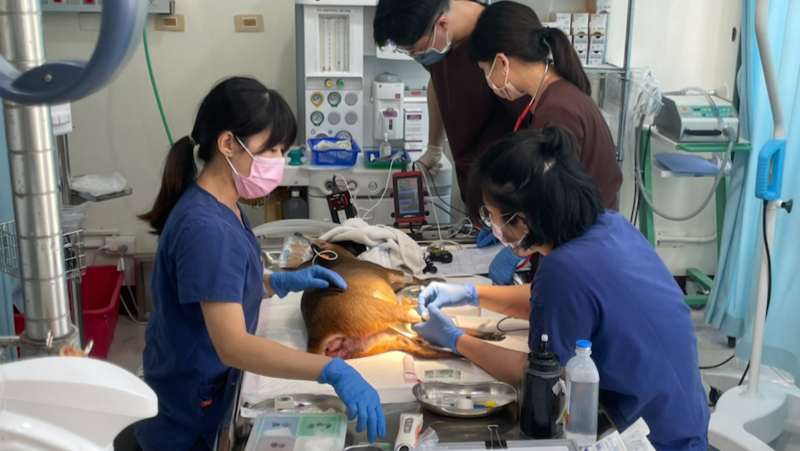Reporters/Lee An, Hou-Yuan Chen
Wild animals face many challenges, such as searching for food, and avoiding being hunted by other species. Human activities have also caused problems, including habitat destruction due to excessive development, and road building. Wildlife animals being hit by vehicles happen frequently so will human traps which injure wildlife animals. In addition, global warming poses an unprecedented crisis to the survival of wild animals.
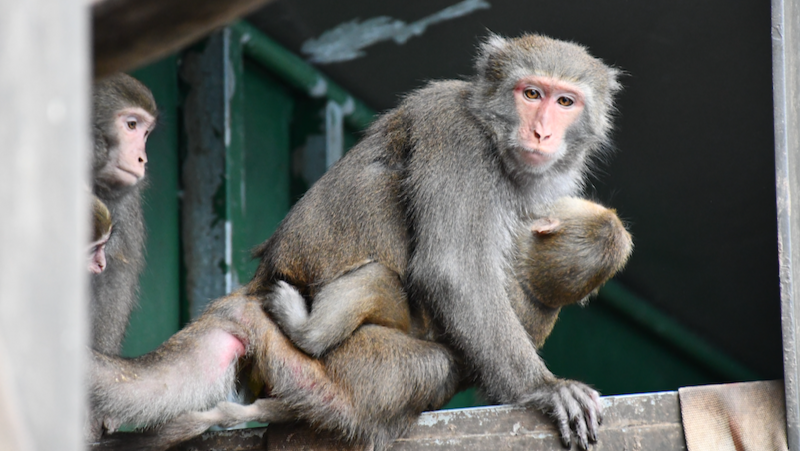
Compared to other veterinarians, wildlife veterinarians face more problems caused by natural and human factors, and the types of diseases they encounter are more diverse, as they have to treat a variety of wild animal species. Therefore, wildlife veterinarians are different from traditional veterinarians who usually conduct consultations in clinics. They often need to work in the wild and must have a detailed understanding of Taiwan’s native species. Wang, Shi-wei, a public fundraising specialist at the WildOne Wildlife Conservation Association, said, “We have treated everything from palm-sized house swift to formosan black bears with huge body sizes.” In addition, wildlife veterinarians consider conservation as their responsibility, thus, their work includes rescuing the wild animals, doing research, educating the public, as well as preventing accidents from happening.
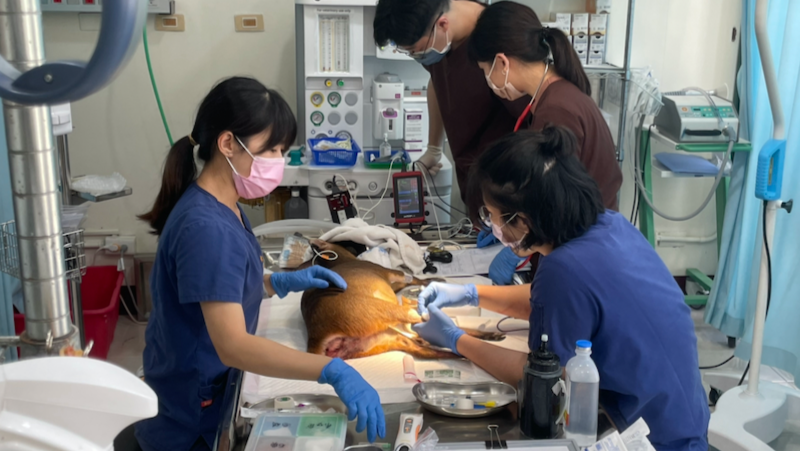
Wildlife veterinarians are at the forefront of environmental conservation, and it is their responsibility to allow the animals to return to their habitats smoothly, in addition to animal rescue and medical treatment. Jiang, Yi-lun, director of the WildOne Wildlife Hospital, said that various methods must be used to enable wild animals to reach a state wherein they can be released into the wild in a healthy manner. Each animal will have customized training for release, including simulating the animal’s original environment, wearing camouflage clothing and feeding wild animals at non-fixed locations. When wild animals approach humans, they need to be scared away with tools such as loudspeakers, so that they can live on their own after being released into the wild and keep their distance from humans, without relying on humans.
According to data from the WildOne Wildlife Conservation Association, as many as 70% of the wild animals brought in for treatment die. Therefore, veterinary pathologists play a crucial role. Wang, Shi-wei said that veterinary pathologists are like forensic experts who perform autopsies on animal carcasses to determine the cause of their death and analyze whether the wild animals were harmed by invasive species or human interference.
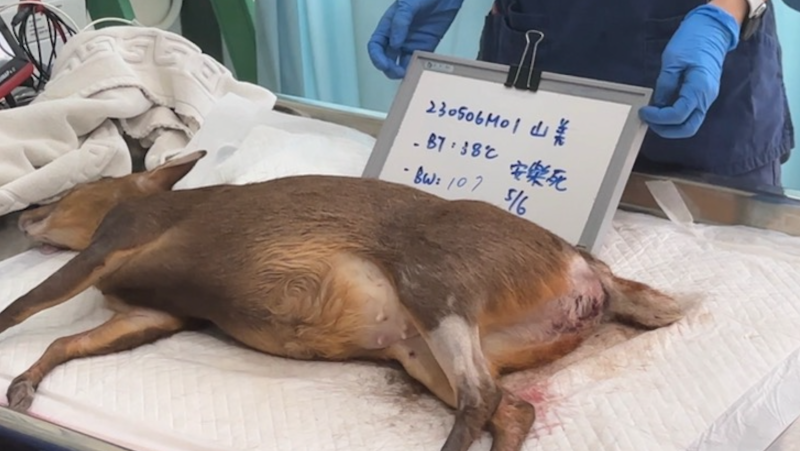
Currently, there is not much information available on the treatment of wild animals. Therefore, it is essential to establish a database on wild animals so as to gain more accurate information on their symptoms in the future.
Unequal Distribution of Wildlife Conservation Resources
Many wildlife species are facing the difficulty of survival due to human activities or development. Cases of injuries and deaths due to roadkill, window strikes, dog attacks, improper captivity, and poaching are innumerable and happen frequently in daily life. Fortunately, in Taiwan, there is a group of rescue experts who light their way home, from emergency treatment, rehabilitation training to release and restoration, giving them a chance to live again. They also investigate the causes of death for these unfortunate animals.
Currently, the government commissions six wildlife rescue centers in the northern, central, and southern regions of Taiwan to provide treatment for injured wild animals. However, the ecologically rich eastern region of Taiwan lacked a specialized wildlife emergency station. In the past, when wild animals were injured in this area, they had to travel a long-distance to Pingtung or the western region to receive treatment, thus, often missing the golden rescue time.
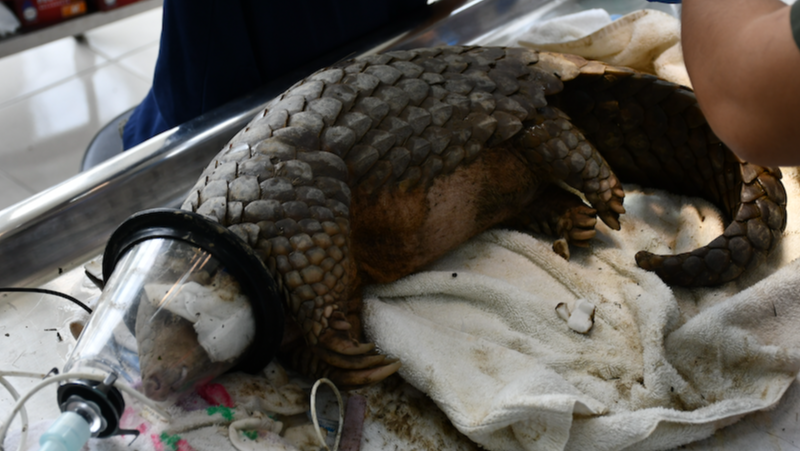
The opportunity to establish a wildlife emergency hospital arose when a formosan reeve’s muntjac was unable to be saved due to the difficulties of long distance transportation. A group of veterinarians decided to build a wildlife emergency hospital in the east. Through public fundraising, they held firm at the forefront of the most resource-lacking area. With a passion for animals, these vets launched a fund-raising project, but the lack of government subsidies presented a major funding challenge. Fortunately, the fundraising efforts were successful.
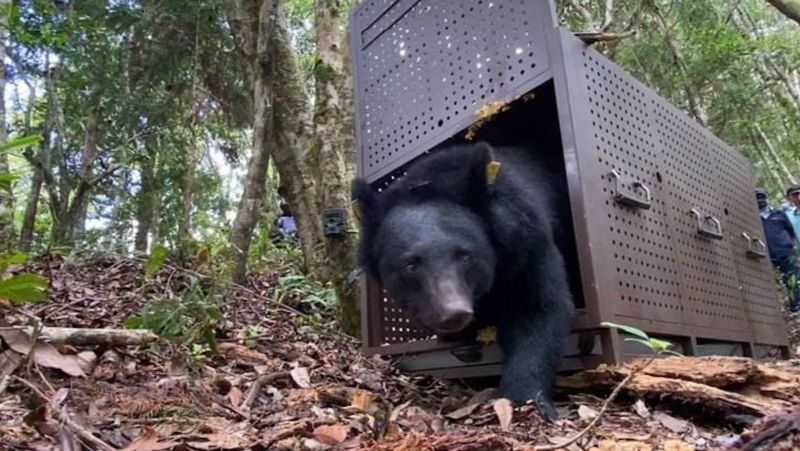
Wildlife Conservation to Ensure Ecological Balance
Major cases of injuries in wild animals are caused by humans. As people expand roadways for convenient transportation, they are also destroying the habitats of these animals. Thus, migratory animals are prone to be hit by vehicles while they are moving.
According to Wang, Shi-wei, besides the destruction of habitats for wildlife, the interaction between humans and wild animals is also inappropriate. For example, the common sight of macaques stealing food in scenic areas is due to the habit they have developed from improper feeding by humans which causes great problems, and in some cases, there are even incidents of private ownership of wild animals. Wang recalled that an adult collared scops owl, which should have been soaring freely in nature, was locked in a small metal cage for people to watch at will. In what seemed like a protest, all of its feathers fell out from rubbing against the cage, and it took six months of treatment for this longing-for-nature bird to be able to return to its original habitat. The agile front paws of the water monitor was able to grab snails, hermit crabs, and other delicacies, making it an environmental indicator for local river ecology. However, the water monitor often becomes the target in human-animal conflict because it frequently sneaks into chicken coops. It has also become a victim because its habitat has been destroyed by the cutting of human-made roads.

Wang, Shi-wei stated that conservation is divided into three levels: preserving habitats, protecting species, and restoring ecosystems. To truly solve the problem, it is necessary to start with education. Hospitals are often the last line of defense for human life, and the same goes for the animals. The hope is to cultivate the correct mindset and knowledge of environmental conservation among the public so that wild species can survive without being affected by humans, and humans can treat wild animals in a more friendly manner.
Jiang, Yi-lun said that despite the difficulties of rescuing and conserving wildlife, all the hard work pays off when seeing the animals walk out of their cages and return back to nature. It is indeed important to strike a balance between economic development and wildlife conservation, and establish more comprehensive laws and regulations to protect these wild animals.

